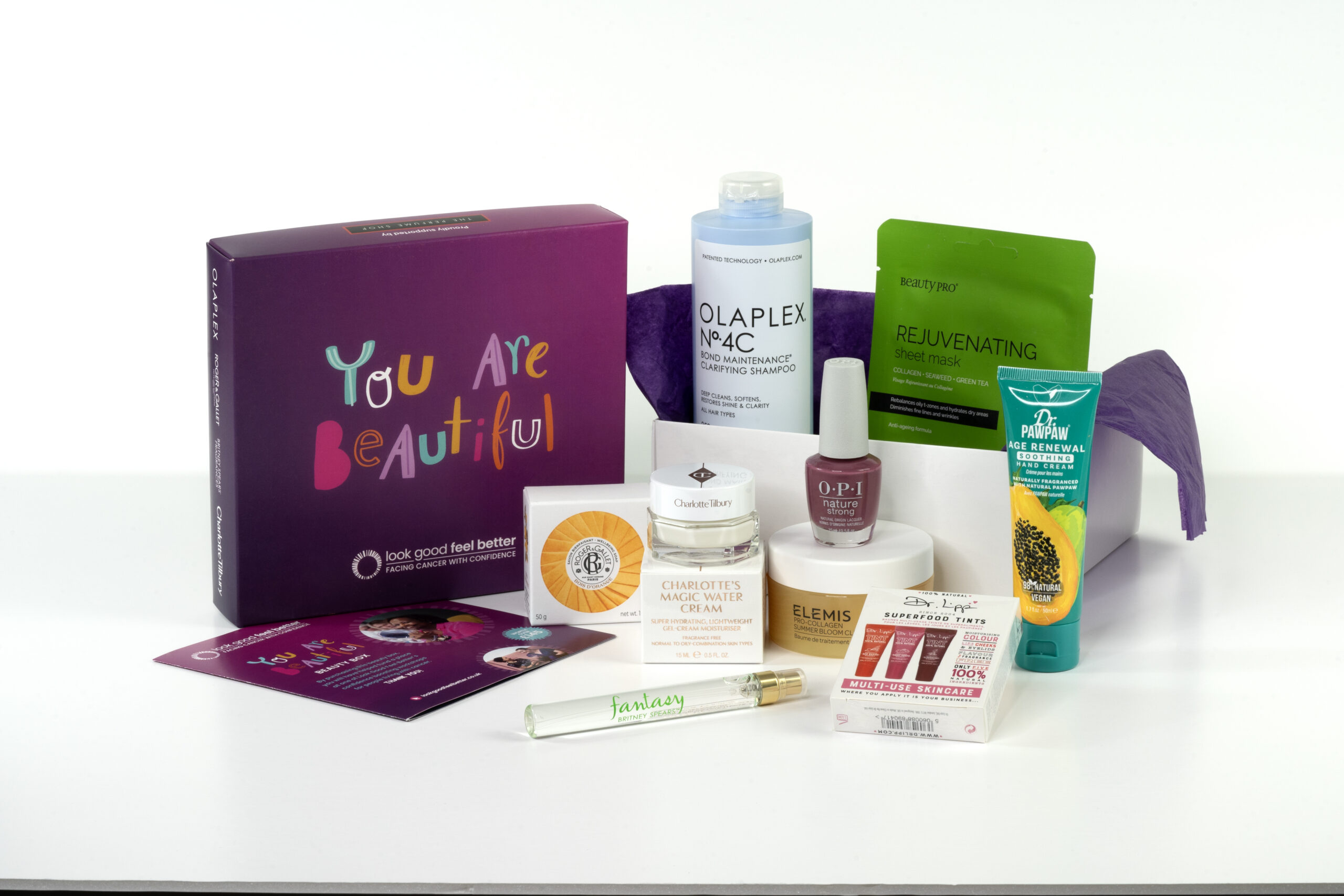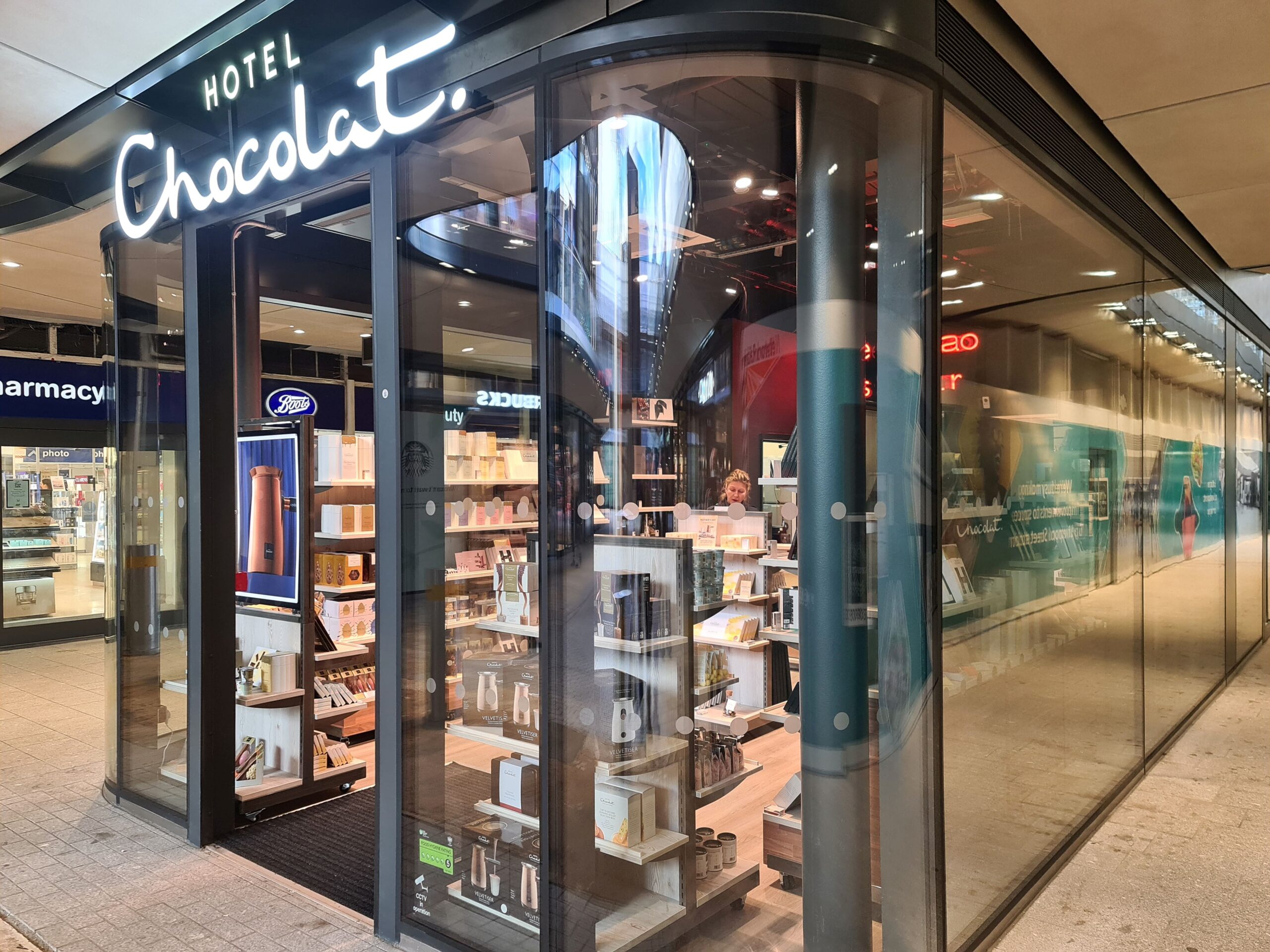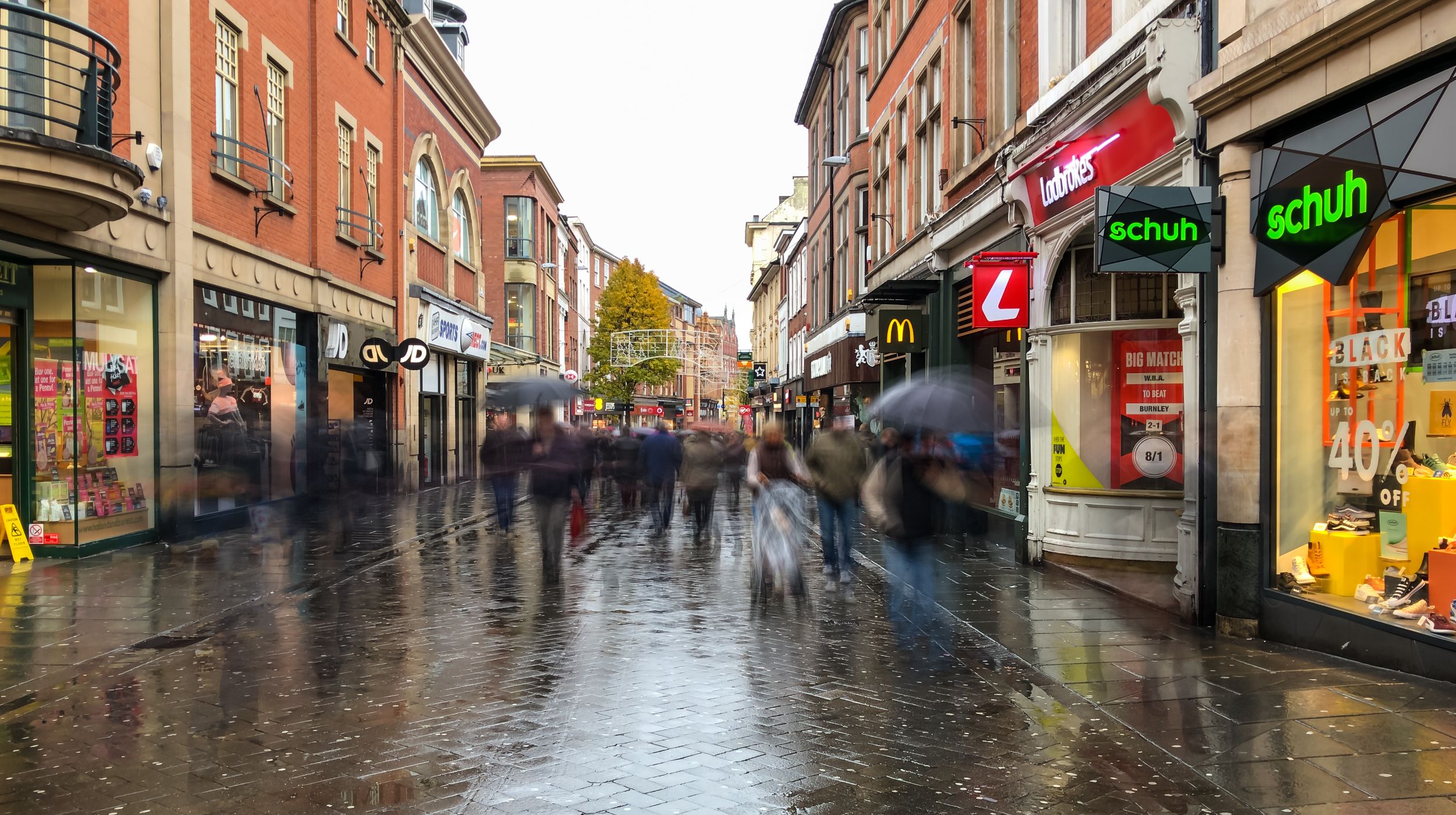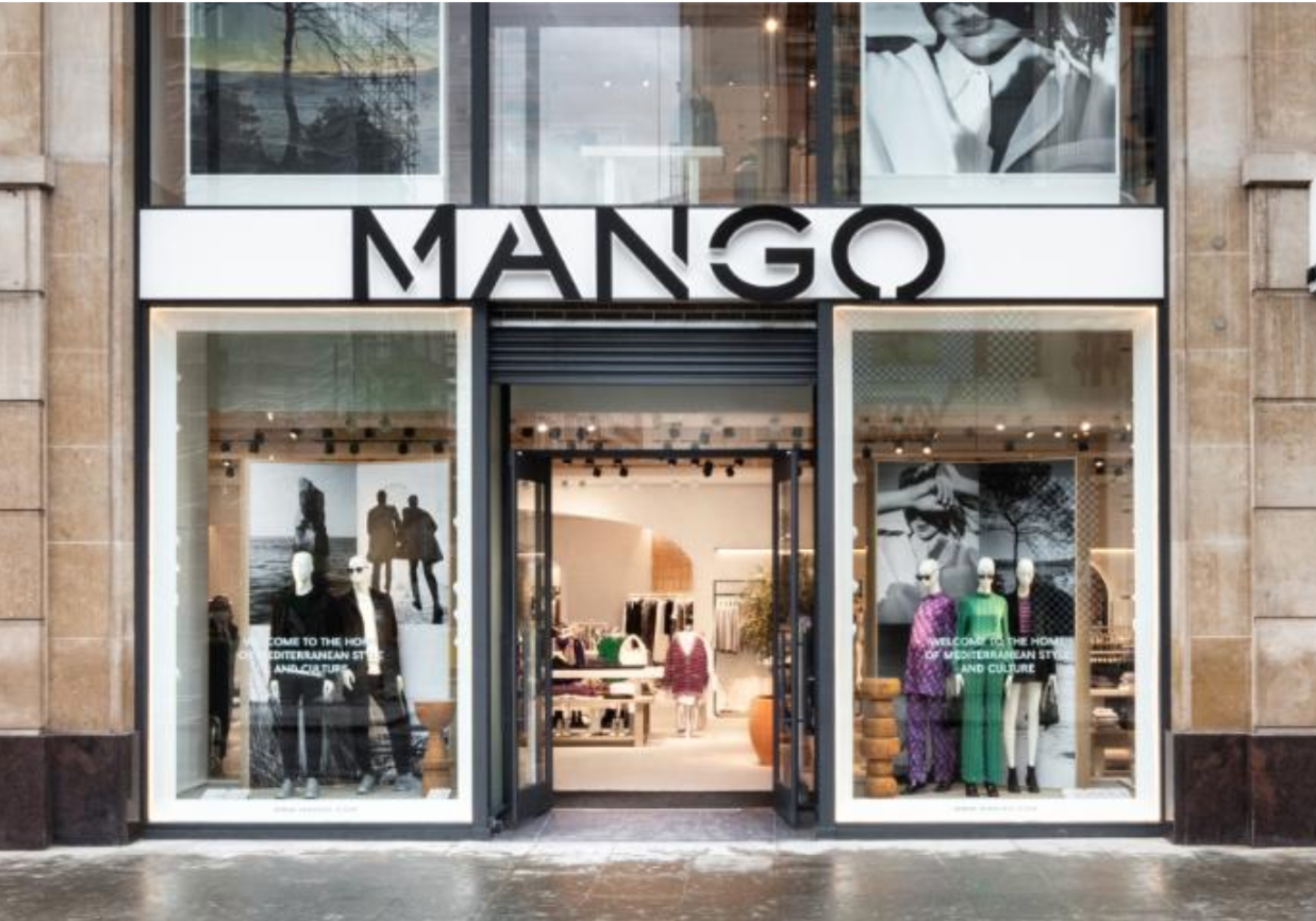In its ecommerce Europe 2014 report, global research firm Mintel forecast that European online sales would double from €165 billion in the previous year to €330 billion in 2019. As the explosion in mobile device ownership helps to fuel this online spending boom, the study identified Germany, the UK and France as accounting for almost 70% of the continents’ online retail sales spend between them. Mintel reported fashion as the most popular category by the number of shoppers with 70% of UK-based online shoppers having bought clothing and/or footwear in the 12 months to September 2014, compared to 68% of German web shoppers and 58% of French shoppers. Commenting on the report, John Mercer, senior European retail analyst at Mintel, said: “There remains a north/south division in ecommerce: the highest penetration of Internet retailing is seen in affluent, northern European countries.”
Order lifecycle
From customer order placement to order processing, order fulfilment, shipping and tracking, there is no room for error and delays in retailing. Having a robust ecommerce platform, efficient fulfilment procedures – whether from a store, a dedicated fulfilment centre or outsourced to a third-party fulfilment firm – and a reliable delivery and returns system, are all essential in order to succeed in the competitive online market. Additionally, investing in technology to power your ecommerce platform, website and promotions engine, along with placing importance on customer management and retention, catalogue and inventory management, and marketing and PR, are all vital components for ecommerce success.
Getting customers to shop more
Consumers increasingly expect retailers to provide more convenient delivery options. According to the Royal Mail’s Delivery Matters Report 2014, on the topic of how to get customers to shop more, 66% per cent said this was achievable by offering free delivery on all purchases; other delivery-desires included clear delivery charges (49%), free delivery over a certain value (43%), a good range of delivery options (36%), knowing the delivery company (24%) and same-day delivery (14%).
Trust is also very important to online shoppers as their web-based purchasing grows with 83% saying they trust Royal Mail, followed by Parcelforce (66%). Shoppers also want to trust their returns services with 71% of UK online shoppers taking part in the survey saying that the Post Office is their preferred method for returns with its UK-wide network being “convenient, easy and reliable”.
When asked which UK-based delivery firm would make them use an online retailer again, 75% chose the Royal Mail, followed by Parcelforce (55%), over rival firms in the market.
Feedback matters
The Royal Mail research also revealed how online sellers said ratings are a great way for ‘faceless’ sellers to build trust, with “speedy delivery” being one of the most common reasons for positive feedback. “Using a trusted delivery partner creates a virtuous cycle – that ‘halo’ effect which builds trust right from seller ratings are king in online marketplaces – the start of the process and ensures that all-important good feedback at the end,” stated the company.
Delivery expectations
Research carried out by Ipsos, on behalf of manufacturing and technology firm Honeywell, highlighted how the three-hour delivery window has now become a standard expectation among the majority of UK shoppers. Almost all of those surveyed (99%) said they expected a delivery to arrive within one week of ordering with 53% admitting that they expect the estimated time of delivery to be within three hours – 40% said they would be willing to pay extra for the ‘perfect delivery’, where they decide exactly where and when their parcel will be delivered.
“It is crucial for online retailers to keep up with the fast-paced lives of their customers, which is why mobile technology plays a vital role for ecommerce,” according to Peter Howes, vice president-general manager of Honeywell Scanning and Mobility (EMEA). “From the warehouse to delivery to post-sale satisfaction, both retailers and couriers have to work closely together to ensure a swift delivery and a positive shopping experience.” The majority of customers (57%) stated that current delivery options offered by retailers are not satisfactory. More than half of respondents (51%) said that often “the parcel delivery reaches their home address when they are not at home and/or misses the appointment time.”
Almost half (48%) admitted that they have abandoned online shopping baskets due to the poor delivery options on offer by the retailer with 91% saying they check delivery options prior to clicking to the checkout procedure. Clearly, this all points to the need for etailers to offer online shoppers more flexible delivery options or risk losing Internet sales to competitors meeting this consumer demand.
The survey’s participants’ views differed on the options for delivery that will be available to them in five years time; 79% believe they will still receive items they buy online via courier, 39% expect to pick up items at an agreed third-party location (parcel point, local store or other location), 23% expect to pick items up at a post office or sorting office, and 12% expect items to be delivered by drone or robot.
Commenting on the study, Mike Leyland, CIO of Hermes Europe and UK said there is a clear indication that the modern-day consumer is “increasingly expectant of greater flexibility” in product delivery. Firms need to be able to keep up with the 24/7 convenience of the online model or risk losing business to those that do, he said, adding that this is why innovative technology is “going to play an even bigger role” in the future of ecommerce.
“The delivery sector is experiencing significant competition, with many SMEs responding to changing customer delivery and recipient expectations more swiftly than their larger counterparts,” says Mark Collin, head of retail at software firm ThoughtWorks. Companies such as Hermes and DPD have shown how being agile and responsive is a success factor, he explained. “Some ways they have addressed this include offering customer delivery updates via SMS, options to change delivery instruction up to 12 hours before receipt, local pick-up and collection, and delivery time slots of 15 minutes.” More specifically, Hermes has recently piloted dispatch and collection hubs around the country, embarking on trial partnerships with local shopkeepers, providing a national network without real-estate overheads. “This is a great example of something that is beneficial to both company and consumers, and is all managed via an app.”
See also: Getting delivery right – from innovation to expectation: infographic






